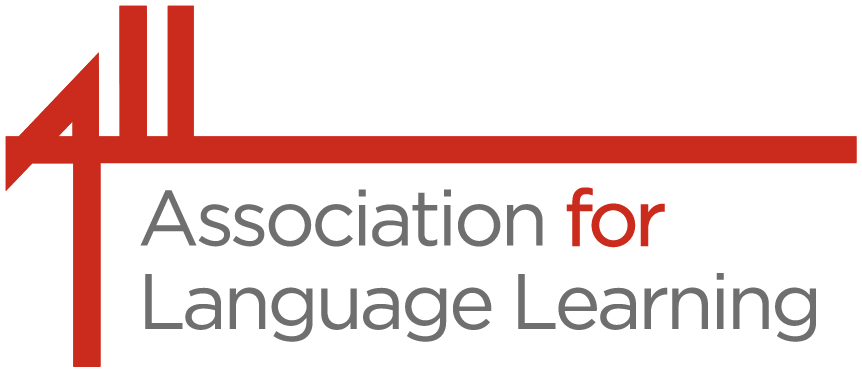In this lesson, students will learn about how teachers are making gendered languages more inclusive — then research a language to make their own suggestions.
Lesson Overview
Featured Article: “How Language Classes Are Moving Past the Gender Binary” by Molly Lipson
Many languages, including Hebrew, French, Spanish, Italian and Arabic, use binary pronouns, such as he/she and male/female, which means that other gender identities are not formally acknowledged in those languages.
In this lesson, you will learn about teachers who are finding ways to make expressing gender identity across languages more inclusive. Then, you will see what gender-neutral pronouns and vocabulary are available in a language you are learning.
Warm-Up
Do you speak, or have you ever studied, a romance language like Spanish, French or Italian? How about Hindi, Arabic or Hebrew?
If so, you know that all of them use gender as the basis of their nouns — and the masculine form is the standard.
So, for example, the masculine “todos,” which means “everybody,” is used in Spanish to address people in a group regardless of their genders at events like conferences or in official speeches. And the presence of even one man in an otherwise female group tends to consign the gender of that group to the masculine.
Have you ever noticed this? Does it bother you? It is just one issue you will read about in this article.
In the language, or languages, you speak, what pronouns exist? In your opinion, how inclusive is that language to people who identify both within and beyond the gender binary? Why?
This article appeared in the New York Times on September 23rd 2021, to read the article in full please click here.
